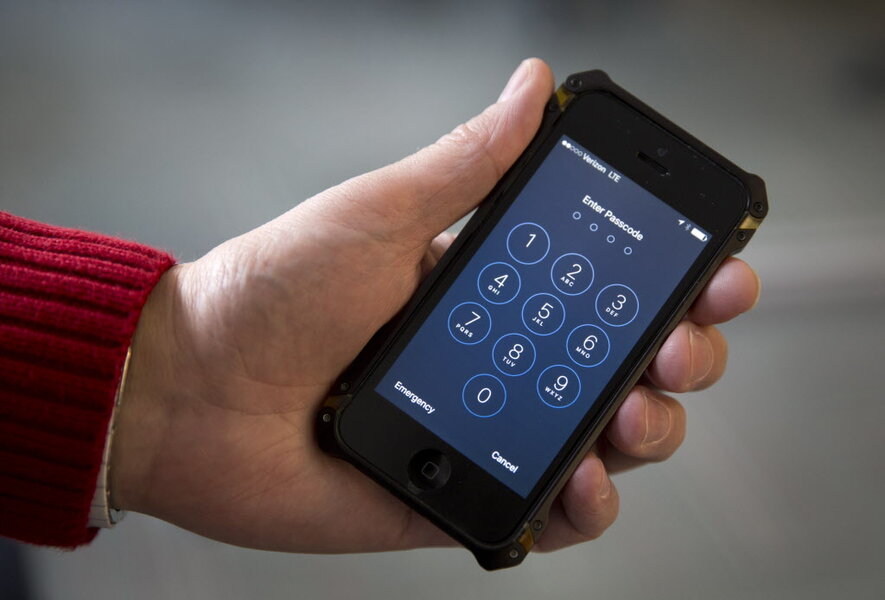Six free debt management tools
The average American looks at his or her phone 46 times every day.
That number is even higher among U.S. Millennials: individuals in the 18–24 age bracket and the 25–34 age bracket check their mobile devices 74 and 50 times per day, respectively. With all this time spent on their smartphones, Americans can leverage their devices to improve their personal finances at no extra cost. Additionally, there are some key tools that allow you to corroborate the data that you gather from those apps.
Here are six free smartphone apps or tools to track debt management.
1. ReadyForZero
Since 2011, ReadyForZero has helped individuals to track their debts and pay down those debts. Available for Apple and Android devices, this app enables you to link all of your debts, including student loans, credit cards, and mortgages, to create a personalized payoff plan and track your progress. Once you have connected all of your accounts, you'll be able to keep tabs on how much you have paid off and how much you still have remaining.
The nicest feature about ReadyForZero is the immediate gratification of tracking your daily and monthly progress, including the interest that you save over time. ReadyForZero partners with TransUnion to provide you with free access to your VantageScore® 3.0 credit score.
2. Mint: Money Manager, Budget, and Personal Finance
On top of helping you track your debts, the Mint app enables you to gather all of your financial information into one place. Besides your debt accounts, you can connect your bank and investment accounts to get a full snapshot of your financial standing at all times.
The main draw of Mint is its budget feature, which allows you to create monthly budgets and track how much you have left for each category, such as gas, groceries, and education. If you provide your social security number, the app allows you to track your credit score with Equifax. The app is available for Amazon, Apple (designed for iPhone, iPad, and Apple Watch), and Android devices.
3. Prosper Daily
Formerly known as BillGuard, the Prosper Daily app is an alternative to Mint. Besides tracking your spending and credit, Prosper Daily focuses on protecting your credit cards against fraud and unfair charges. For example, the app can use location-based technology to alert you when your credit or debit card is used at a store or AMT when you're not there. If you provide your social security number, the app allows you to track your credit score with TransUnion. Prosper Daily is available for Apple and Android devices.
4. AnnualCreditReport.com
No matter what app you use to track your debt and credit score, you should corroborate that data against your official credit report once a year. Through AnnualCreditReport.com, you can request your free credit report every 12 months from each credit reporting company (Experian, TransUnion, and Equifax). This report allows you to verify that you only have accounts and loans that you recognize on file.
Since your credit report may affect your mortgage rates, credit card approvals, credit scores, and apartment requests, you should be on the lookout for potential inconsistencies, such as accounts that you didn't open, addresses of employers that you didn't work for, or information that should no longer be on your credit report, such as an over 10-year old bankruptcy.
If you find an error, you can dispute it by reporting it to the credit reporting bureaus online, by mail, or by phone.
Keep copies of your initial dispute letter and supporting documents, and communications with the credit reporting bureaus.
5. Compound Interest Calculator
When you're trying to pay down debt faster, you want to maximize how much interest you're gaining so that you can make additional payments towards your debts whenever possible. This compound interest calculator allows you to work out the compound interest on your savings and investments, including a breakdown of monthly interest gains and the option to list regular monthly deposits or withdrawals.
6. Check Deposit App From Your Bank
Many Americans opt to have their bi-weekly or monthly salary checks directly deposited to their checking or saving accounts. However, every now and then you may receive an additional paper check, such as a dividend payout from an investment account, a lucky windfall from your aunty for your birthday, or a check from a class action.
In those instances, you could skip the trip to the bank by using the mobile deposit app from your bank to deposit checks in your account. For example, my credit union allows me to make deposits directly into my checking, saving, or money market accounts using a "check snap" mobile deposit account. Such an app is useful to save time making deposits and helps boost monthly payments to your financial obligations.
Make sure to check applicable rules, such as signing the back of your check and writing a disclaimer that check is for mobile deposit only, technical requirements, and processing times.
This article is from Damian Davila of Wise Bread, an award-winning personal finance and credit card comparison website. This article first appeared at Wise Bread.






